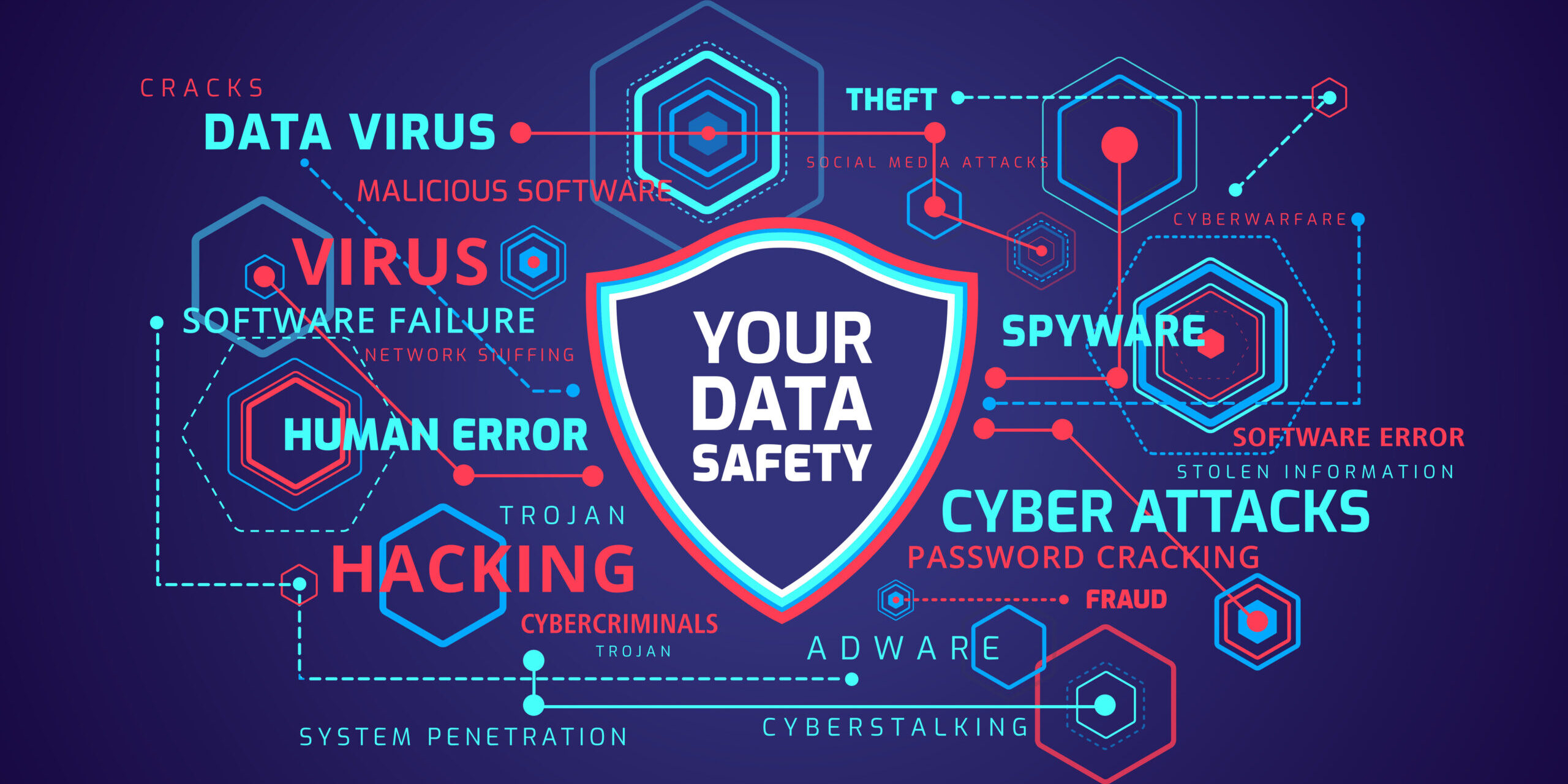Unveiling the Secrets of Ghosted Domains
Explore the intriguing world of expired domains and online opportunities.
Data Breaches: The Uninvited Guests of the Digital World
Discover how data breaches invade your digital life and learn to safeguard your information from these uninvited guests!
Understanding Data Breaches: What You Need to Know
Understanding data breaches is essential in today's digital age, where sensitive information is frequently exchanged online. A data breach occurs when unauthorized individuals gain access to private data, potentially compromising personal, financial, or corporate information. To grasp the implications of these breaches, it's important to recognize common causes, which include hacking, human error, and system glitches. Businesses and individuals alike can fall victim to data breaches, leading to significant financial losses and damage to reputation.
To protect yourself and your organization, consider implementing best practices for data security. Here are some key measures:
- Regularly update software to patch vulnerabilities.
- Utilize strong, unique passwords and enable two-factor authentication.
- Educate employees about phishing scams and secure data handling.
By being proactive and informed about data breaches, you can help safeguard your information and mitigate risks associated with cyber threats.

10 Shocking Data Breaches and Their Impact on the Digital Landscape
In recent years, the digital landscape has been profoundly affected by numerous data breaches that have exposed sensitive information and shaken consumer trust. One of the most notorious breaches occurred in 2013 when Target suffered a breach that compromised the credit card information of over 40 million consumers. Following this incident, the organization faced substantial financial losses, estimated at around $300 million, along with a lasting damage to its reputation. Such events highlight not only the technical vulnerabilities that exist but also the far-reaching consequences for businesses and consumers alike.
Another significant incident happened in 2017 with the Equifax breach, where the personal data of approximately 147 million individuals was exposed. This breach, attributed to inadequate security protocols, amplified concerns regarding the protection of consumer data in financial institutions. Following this incident, Equifax was subjected to intense scrutiny and regulatory actions, leading to a settlement exceeding $700 million. As more organizations prioritize digital transformation, these high-profile data breaches serve as a stark reminder of the potential risks and the necessity for robust cybersecurity measures in today’s interconnected world.
How to Protect Yourself from Data Breaches: Essential Tips for Every User
In today's digital age, protecting yourself from data breaches is more crucial than ever. One of the simplest yet most effective ways to safeguard your information is by using strong, unique passwords for each of your online accounts. Consider using a password manager to generate and store these passwords securely. Additionally, enable two-factor authentication (2FA) whenever possible; this adds an extra layer of security by requiring a secondary form of verification before granting access to your accounts.
Another essential tip is to regularly update your software and devices. Most updates include important security patches that address vulnerabilities that hackers exploit. Be wary of unsolicited emails or messages that ask for personal information, as these can be phishing attempts. Lastly, make it a habit to monitor your financial statements and account activity regularly; if you notice any suspicious activity, report it immediately to your bank or service provider to mitigate potential damage.